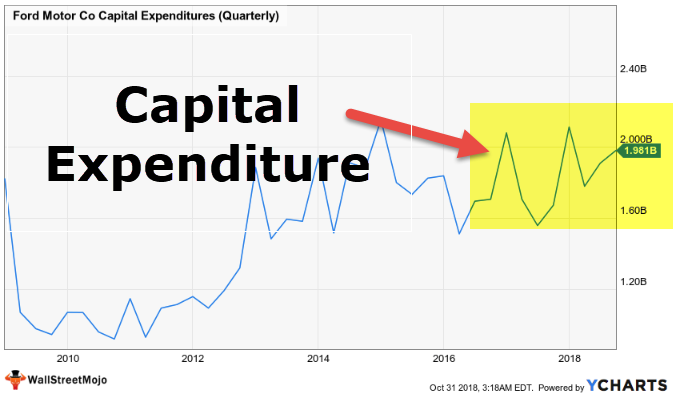Cash Flow: What It Is, How It Works, and How to Analyze It
Also, consider redesigning products to use common parts, so that the company can reduce its investment in different types of inventory. Yet another possibility is to outsource production, so that the company no longer has to invest in raw materials or work-in-process inventory. Finally, consider tightening the company’s credit policy, so that customers must pay within a shorter period of time, and the amount of credit granted is restricted for customers in more difficult financial situations. These actions will have a positive effect on the cash flows generated by a business.
- Our easy online application is free, and no special documentation is required.
- Under accrual accounting, revenues may be recognized even when the corresponding cash has not yet been received, while expenses may be recognized even though the corresponding amount of cash has not yet been paid out.
- Although the company may incur liabilities, any payments toward these liabilities are not recorded as a cash outflow until the transaction occurs.
- There are many types of CF, with various important uses for running a business and performing financial analysis.
- Since CF matters so much, it’s only natural that managers of businesses do everything in their power to increase it.
The cash flow from operations needs to be positive over the long term, or else a business will need to resort to alternative forms of financing to ensure that it has enough cash to stay in operation. Cash flow from operations (CFO), or operating cash flow, describes money flows involved directly with the production and sale of goods from ordinary operations. CFO indicates whether or not a company has enough funds coming in to pay its bills or operating expenses. In other words, there must be more operating cash inflows than cash outflows for a company to be financially viable in the long term. One option is to adjust prices upward on goods that are in high demand or for which there are no competing products, since this increases the profit and cash flow generated from each sale. Another option is to concentrate purchases with a smaller number of suppliers, if doing so qualifies the company for volume purchase discounts.
Translations of cash flow
The interest payments made also reduce its cash reserve, making the organization less financially viable. For entrepreneurs and business owners, understanding the relationship between the terms can inform important business decisions, including the best way to pursue growth. Investors and business operators care deeply about CF because it’s the lifeblood of a company. You may be wondering, “How is CF different from what’s reported on a company’s income statement?
What are the 3 types of cash flows?
- Operating cash flow.
- Investing cash flow.
- Financing cash flow.
The sum of the three components above will be the total cash flow of a company. We also allow you to split your payment across 2 separate credit card transactions or send https://accounting-services.net/wave-accounting-reviews-demo-pricing/ a payment link email to another person on your behalf. If splitting your payment into 2 transactions, a minimum payment of $350 is required for the first transaction.
Positive and negative cash flow
Use unlevered free cash flow (UFCF) for a measure of the gross FCF generated by a firm. This is a company’s cash flow excluding interest payments, and it shows how much cash is available to the firm before taking financial obligations into account. The difference between levered and unlevered FCF shows if the business is overextended or operating with a healthy amount of debt. The term cash flow refers to the net amount of cash and cash equivalents being transferred in and out of a company. When cash flows are stable and increasing in size, it is easier for a business to invest excess cash in longer-term investments that deliver a higher yield. Management can also pour money back into the business, as long as the resulting returns are greater than the firm’s cost of capital.

It’s what’s left when the books are balanced and expenses are subtracted from proceeds. Companies pay close attention to their CF and seek to manage it as carefully as possible. Professionals working in finance, accounting, and financial planning & analysis (FP&A) functions at a company spend significant time evaluating the flow of funds in Cash Flow Definition the business and identifying potential problems. Cash flows from investments include money spent on purchasing securities to be held as investments such as stocks or bonds in other companies or in Treasuries. This situation could occur if a company was not monitoring its cash flows or all or most of its sales have been made on credit.
